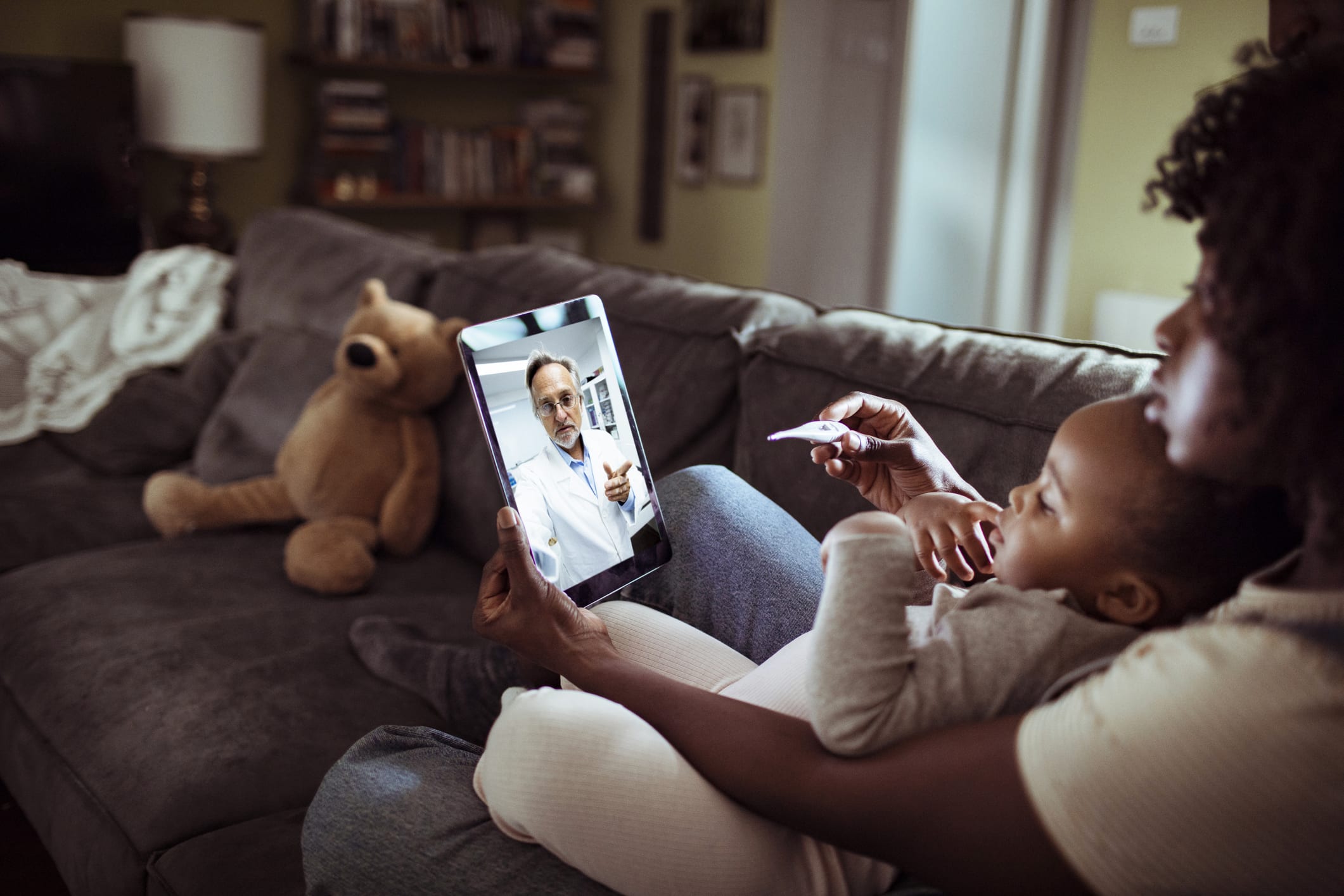Hybrid work is here. With indoor mask mandates lifting around the United States and news of major companies heading back into the office at least part-time, workers can expect more meetings with a mix of remote and in-office participants from now on.
Fulfilling the hybrid promise will take time, testing, and learning, not to mention evolutions in technology and culture. Here’s what you can expect if you’re heading back to the office this spring.
Building a resilient hybrid culture
We are living in a new paradigm – the value of work lies in what you do, not where you go to do it. Similarly, strong workplace culture is no longer about the look and feel or in-office perks of a corporate campus. Culture is defined by the values that serve the company’s mission and unite the workforce.
Culture shifts that can help equalize the work experience for remote and onsite workers start with reinforcing that all types of participation are welcome and supported. Meeting frequency and formats should be reevaluated for the hybrid environment – how often should teams meet, who should be there, what types of meetings are best suited for the office, and more. Leadership styles should also adjust to ensure remote workers get equal attention and opportunity before, during, and after meetings.
The office is its own experience
For the hybrid model to work, we can’t revert to pre-pandemic office behaviors. The past two years have proved that workers don’t need to be in the office to be productive. So what can the office offer if it’s no longer the hub of productivity? For starters, technology tools and space to create an experience workers can’t get at home.
The office serves as a business center, where workers can come to hold in-person meetings, collaborate, print documents, and head home to finish their focused work.
Employers should reassess their space for simple solutions that make a world of difference for the hybrid worker. Concepts like hot desking can optimize office desk space, allowing employees who plan to work in the office to reserve a desk as needed. Hot desking maximizes your office’s floor plan and accommodates whoever needs to be on-site any given day.
Meeting room systems also deserve extra focus, where modular or all-in-one solutions can add interactive features and improve the onsite experience. Those solutions could include a camera and soundbar that feature a wide field of view, auto-framing, and noise cancellation. And traditional boardroom furniture can be replaced by causal seating for more natural interactions.
‘You’re on mute’
It will naturally take time to master the art of facilitating more inclusive hybrid meetings. Remote participants may worry about not feeling heard, so they may not speak up at all. Onsite participants viewing a gallery can’t always tell who’s speaking and inadvertently cut one another off or hear the dreaded “you’re on mute.”
“Addressing hybrid collaboration challenges isn’t simply a matter of seeing and hearing more clearly or joining a meeting more easily. Technology must bring the same natural, in-person experience, with all its nuances, to virtual engagement – and it must deliver an equal experience for all participants,” said Shannon MacKay, General Manager of the Worldwide Smart Collaboration Business Group at Lenovo. “The kind of smart collaboration that fuels innovation must be powered by technology that’s ubiquitous, equitable, and seamless.”
Source: BPT








